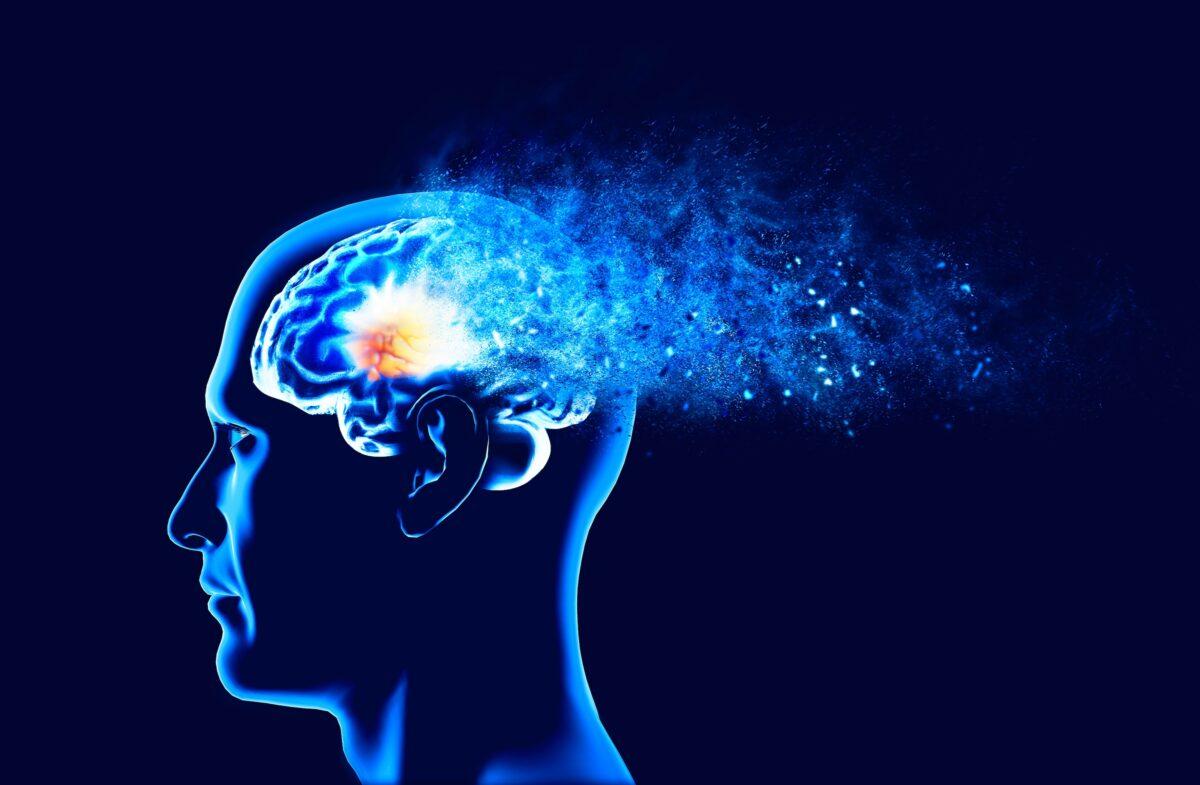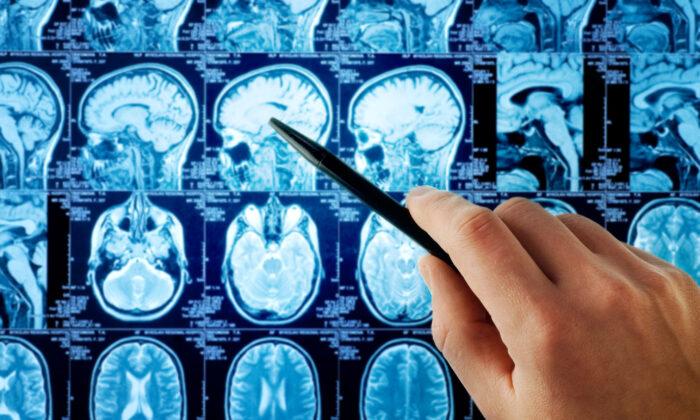Researchers have discovered that while SARS-CoV-2 is primarily a respiratory disease, it can also cause brain cells to fuse, initiating malfunctions that lead to chronic symptoms in the nervous system.
“We discovered COVID-19 causes neurons to undergo a cell fusion process, which has not been seen before,” said Hilliard, a professor of molecular and cellular neurobiology at the University of Queensland.
“After neuronal infection with SARS-CoV-2, the spike S protein becomes present in neurons, and once neurons fuse, they don’t die.”
“They either start firing synchronously, or they stop functioning altogether.”
To explain this, he used an analogy of wires connecting switches of the lights in a kitchen and a bathroom representing neurons.
“Once fusion takes place, each switch either turns on both the kitchen and bathroom lights at the same time or neither of them,” he said.
“It’s bad news for the two independent circuits.”

The conclusions of the study offer a potential explanation for the multitude of neuropsychiatric syndromes, which appear in the early stages of the disease and persist for months after infection, in what has recently been termed long COVID, the researchers explain.
“In the current understanding of what happens when a virus enters the brain, there are two outcomes—either cell death or inflammation,” senior post-doctoral researcher Martinez-Marmol said.
“But we’ve shown a third possible outcome: neuronal fusion.”
He said that cell fusion could be causing the same persistent neurological effects after a viral infection of HIV, rabies, Japanese encephalitis, measles, herpes simplex virus, and Zika virus.
“Our research reveals a new mechanism for the neurological events that happen during a viral infection,” Martinez-Marmol said.
Brain Injuries Have Also Been Seen After COVID-19 Vaccinations
In some cases, scientists have found that the COVID-19 mRNA vaccination, not the COVID-19 infection itself, has also caused neurological damage.Marik, a critical care doctor, noted that one study found injected mRNA in the body for as long as 60 days.
The brain also appears to be particularly vulnerable, according to Marik. This could explain why so many vaccinated people who have had adverse reactions have reported neurologic symptoms.

“The mRNA is placed in a lipid nanoparticle. The lipid nanoparticle is actually designed to deliver chemotherapy to the brain,” he said. “So it crosses the blood-brain barrier.
Even Mild Cases of COVID-19 Can Lead to Brain Changes
The work of the Australian researchers may also shed light on the findings of a study published in Nature that found that even mild COVID-19 cases were linked to changes in the brain.Approximately 785 people underwent a brain scan, and about half later tested positive for COVID-19. All the participants got a second brain scan, including those who had survived the disease.
Researchers from the Wellcome Centre for Integrative Neuroimaging at the University of Oxford analyzed the scans and found the participants infected with COVID-19 had a reduction in the thickness of grey matter—which helps humans perform various functions such as making decisions—and other negative outcomes.
“Despite the infection being mild for 96 percent of our participants, we saw a greater loss of grey matter volume, and greater tissue damage in the infected participants, on average 4.5 months after infection,” the study’s lead author, professor Gwenaëlle Douaud said.
“They also showed a greater decline in their mental abilities to perform complex tasks, and this mental worsening was partly related to these brain abnormalities. All these negative effects were more marked at older ages.”
The scans, which were taken on average 38 months apart, were supplied by the UK Biobank, a large-scale medical database that contains information on approximately 500,000 UK residents.
Those whose scans were analyzed were aged 51 to 81. The reason the study did not include younger people is that all participants in the scanning were 40 or older, Douaud told The Epoch Times in an email.







